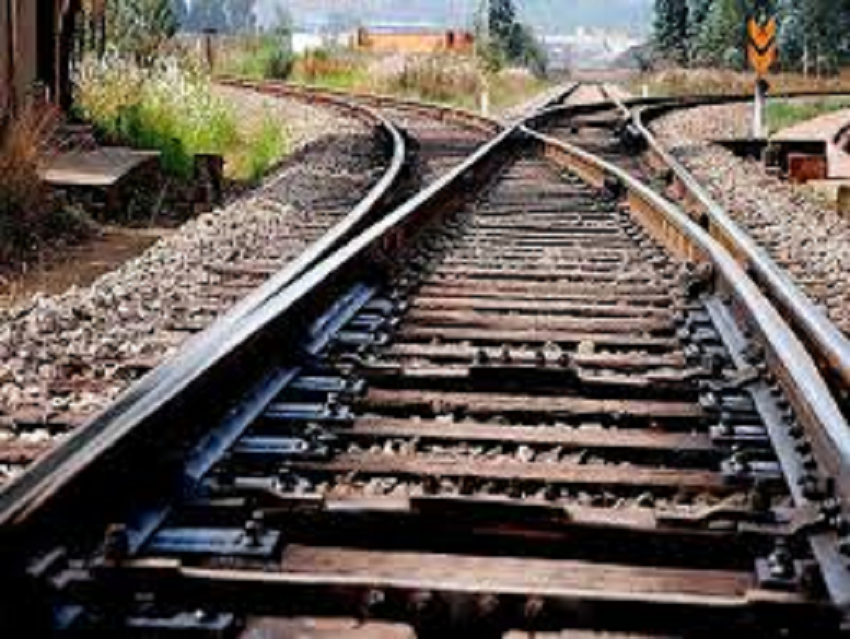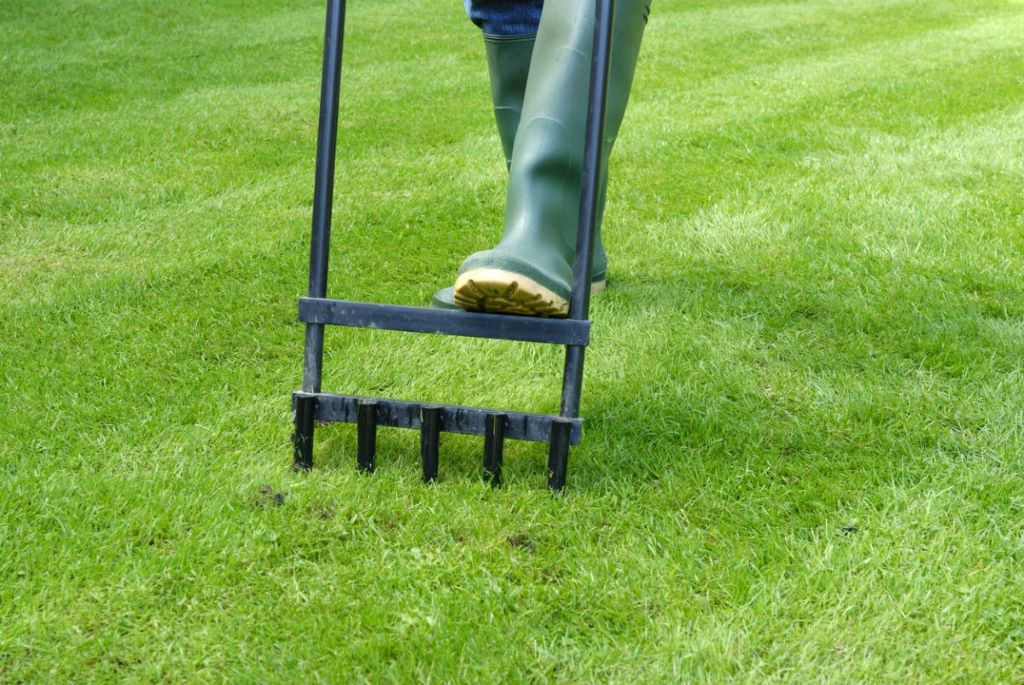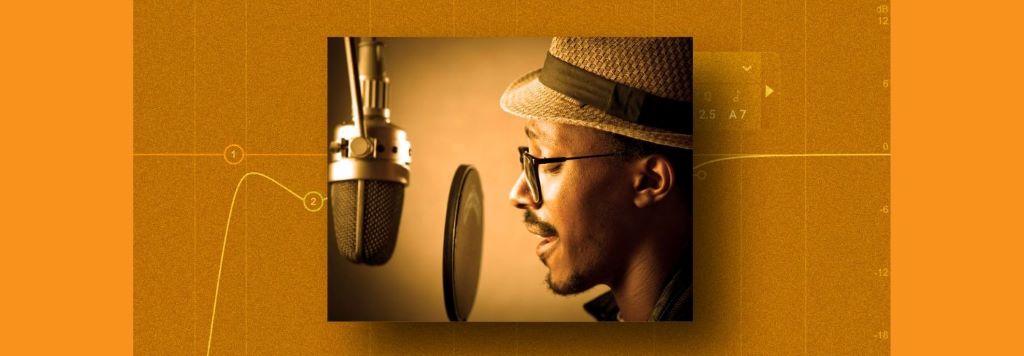4 Common Railway Components

Railway tracks are made up of several components that perform specific functions. Collectively the various components work together to ensure the correct and safe operation of the railway system. These are four of the common components of a railway track.
1. Rail Fastening System
The rail fastening system is a collection of railway fasteners that attach the steel rail to the railway sleeper. Components of the railway system include the rail clip, spike, bolt, tie plate, washer, insulator and custom plastic work New Castle PA. The rail fastening system stops the rail from moving laterally or horizontally. It also absorbs and transfers pressure from the train to the railway sleeper. The fastening system is important for maintaining rail safety. Types of rail fastening systems include SKL, E-Type, NABLA and KPO.
2. Steel Rail
The most important component of a railway track is the steel rails. These are always laid down in parallel lines. The rails provide a surface for the train and guide the train in the direction it needs to go. The rail also transmits pressure from the train to the railway sleepers. Steel rails come in heavy, light and crane varieties.
3. Railway Sleeper
Railway sleepers, also called railroad ties, are placed perpendicularly to the rails. Sleepers are usually made of wood, steel or concrete. Sleepers provide support for the rails. They also absorb some of the vibrations from the train and help transport the load from the rail to the ballast. The sleepers align the rails and help maintain the right rail gauge.
4. Railway Switch
Railway switches are used to convert tracks. Switches increase the safety, efficiency and trafficability of railroad tracks.
Railways are one of the most iconic transportation mediums in the world. Not all railways are the same, but most contain these four common components.



